The Age of the Entire Universe Could be Unveiled by a Supernova in the 2030s
A star similar to our own sun had reached the final stages of its life in a galaxy far away a long time ago. After consuming all its hydrogen and helium, it turned into a high-gravity white dwarf star. In contrast to our sun, this star had a twin that was being devoured by its sibling’s immense gravity. The white dwarf star continued to consume its twin, increasing its mass and gravity until it reached a critical limit. At this point, the crushing force of gravity overpowered the outward pressure of the condensed mass, resulting in a brilliant but catastrophic event, according to the National Schools Observatory.
A supernova occurred as the star collapsed due to its own gravity, emitting a luminous light that managed to traverse the universe’s vast expanses and reach us in 2016, even after a 10-billion-year journey. The light was distorted and divided, causing us to witness the event three times simultaneously. Scientists predict that we may see the same phenomenon again in the 2030s, which could aid in comprehending the universe’s age, as reported by Sci.News.
THE AGE OF THE UNIVERSE
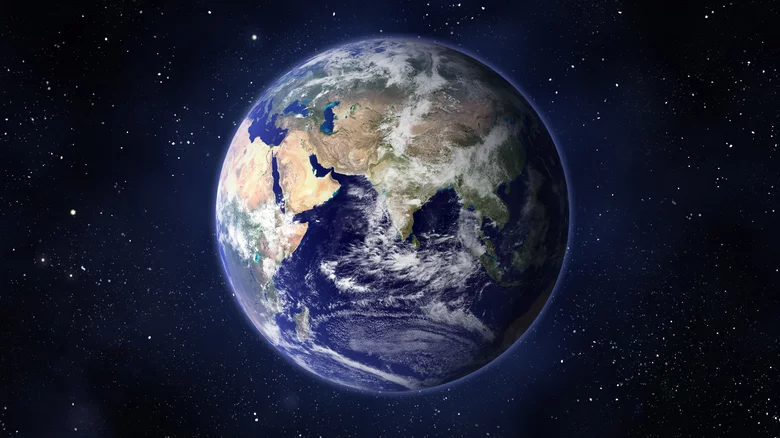
Throughout most of human history, religion and mythology were the primary sources for determining the age of the universe. Until the 18th century, Europe’s most brilliant minds estimated that the universe’s creation occurred between 5500 B.C. and 3928 B.C., according to the Natural Environment Research Council. Scientists began to re-evaluate the Earth’s age, which would provide a minimum starting point for the universe’s age, based on a growing but limited understanding of natural processes. Some calculated the Earth’s age by analyzing the tilt of subsurface strata and the rate of sediment deposition, while others hypothesized that the Earth was initially molten and calculated the time it would take to cool enough to form a solid crust.
The general consensus was that the Earth was approximately 100 million years old, as reported by Scientific American. In the early 20th century, researchers delved deeper into the science of radioactive decay. By assessing the rate of decay of atoms like uranium, scientists could determine the age of rock and mineral samples. Arthur Holmes, a British scientist, was the first to apply this theory in practice and estimated the Earth’s age at 1.6 billion years in 1913, according to the American Museum of Natural History.
A STATIC UNIVERSE
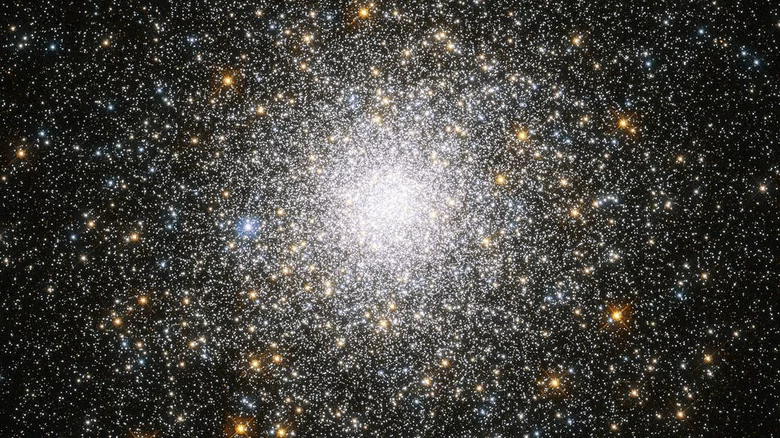
During the same period, astronomers were refining their understanding of the universe, which was widely believed to be eternal and unchanging. The prevailing view was that everything in existence, including the Earth, the sun, and all celestial bodies visible at night, was enclosed within the radiant boundaries of the Milky Way, according to ESSAI. In 1916, an American astronomer, Harlow Shapley, began studying globular clusters, which are densely packed groups of stars that formed around the same time. Shapley hypothesized that these clusters were uniformly distributed throughout the galaxy and could be used to estimate the Milky Way’s shape and our position within it by measuring their location, according to the American Institute of Physics. He pioneered the use of standard candles, which are stars with a known intrinsic brightness, to determine interstellar distances. Shapley’s observations challenged the assumption that the Earth was at the center of the galaxy and relegated us to “the unfashionable end of the western spiral arm of the galaxy.” A special type of star, whose absolute brightness could be accurately predicted, was fundamental to his calculations.
A STANDARD CANDLE IN THE VOID
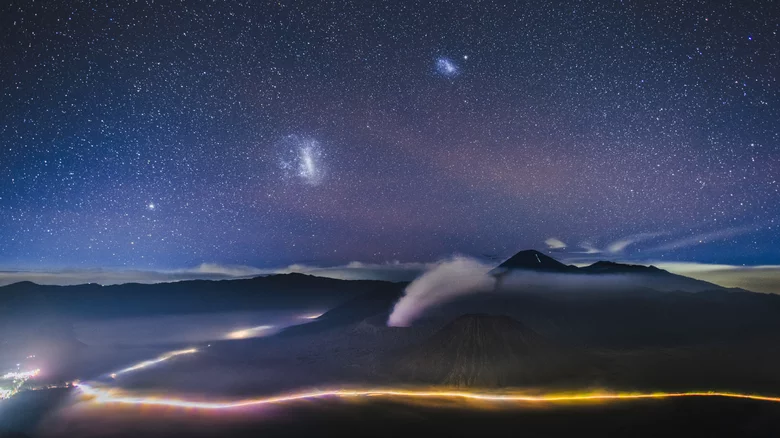
Astronomers first observed a new type of star in the late 18th century that varied in size and brightness at regular intervals. These stars were named Cepheids after the constellation where they were initially discovered, Cepheus, located near the north celestial pole. About a century later, Henrietta Swan Leavitt studied a group of Cepheid variable stars in the Small Magellanic Cloud and discovered a relationship between the stars’ pulsation periods and their absolute magnitude, or brightness when viewed from 10 parsecs away (via American Institute of Physics).
Harlow Shapley used this relationship as a yardstick to measure the size of the Milky Way and, in his opinion, the entire universe. At the time, the prevailing belief was that the Milky Way was the extent of the universe, with some people speculating that the spiral nebulae seen in the night sky were smaller galaxies. However, Shapley disagreed, as his estimate of the galaxy’s size was close and he believed that if the spiral nebulae were galaxies of similar size, they would have to be millions of light years away to account for their apparent size in the sky, which seemed unreasonable (via American Institute of Physics).
THE UNIVERSE IS BIG
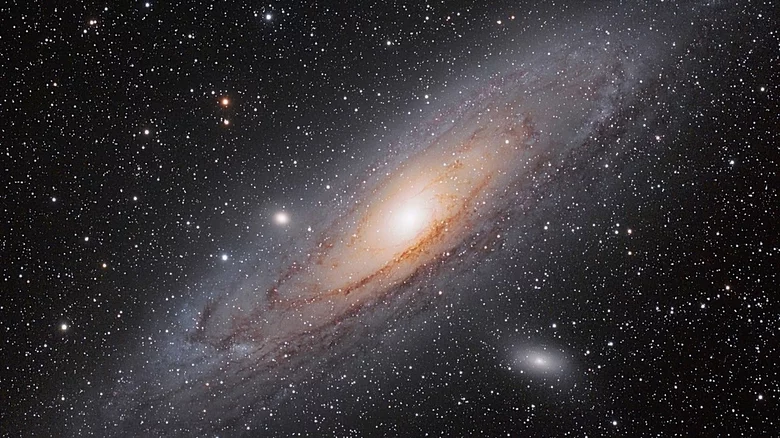
Edwin Hubble’s discovery of a Cepheid variable star in the Andromeda Galaxy in 1923 challenged the prevailing belief that spiral nebulae were part of the Milky Way. By calculating the distance to the star, which was nearly a million light years away, Hubble proved that spiral nebulae were, in fact, separate galaxies. Around a decade prior, Vesto Slipher had found that these galaxies were moving at unprecedented speeds, with most of them moving away from us.
Hubble and his assistant, Milton Humason, expanded on Slipher’s findings in 1929 and discovered that the further a galaxy was from us, the faster it was moving away from us. This relationship between velocity and distance is known as Hubble’s Law, and the ratio of speed to distance is referred to as the Hubble constant.
AN EXPANDING UNIVERSE
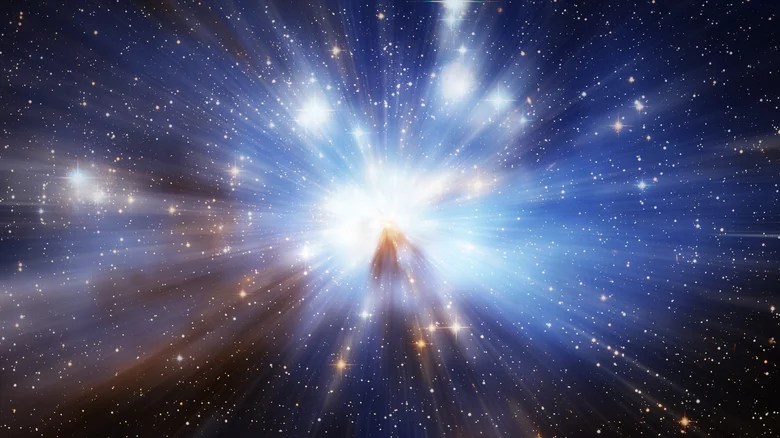
Edwin Hubble’s observations provided strong evidence that the universe is expanding in all directions, which allows scientists to calculate the moment of the Big Bang by measuring the speed of expansion. However, determining the exact value of the Hubble constant, which is necessary to calculate the expansion rate, is still a challenge. One way to estimate the Hubble constant is to observe distant objects and calculate their distance and speed. Measuring the Doppler shift of light can determine the speed, while finding the distance is more complex.
One method for measuring distance is to observe a distant event, like a supernova, whose light is lensed by an intermediate object, causing it to arrive at Earth at different times. By comparing the arrival times, scientists can infer the distance to the object. In 2037, when light from a supernova reaches Earth again, scientists will use this method to extrapolate its distance, and combined with the galaxy’s receding speed, estimate the Hubble constant more accurately. A better understanding of the relationship between an object’s speed and distance will help scientists determine the precise date of the Big Bang.
Do not forget to share your opinion with us to provide you with the best posts !



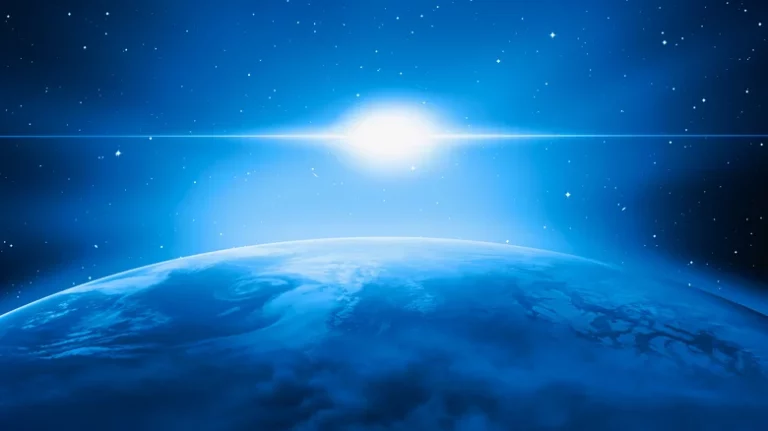
0 Comments